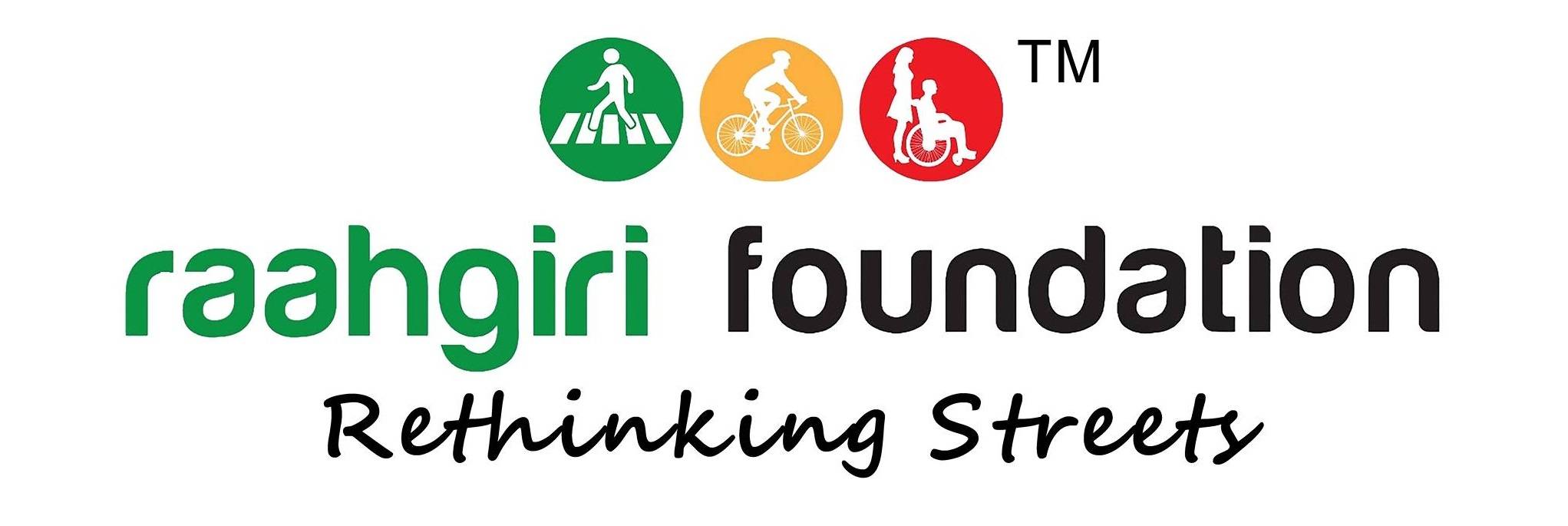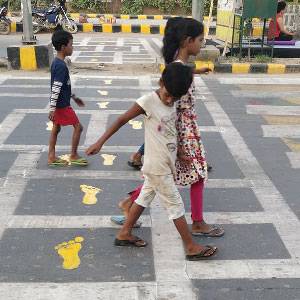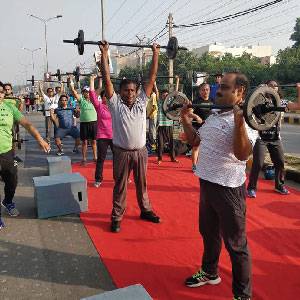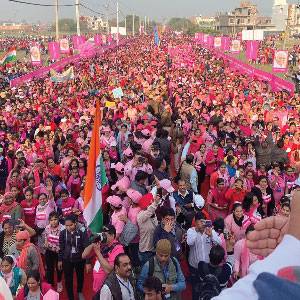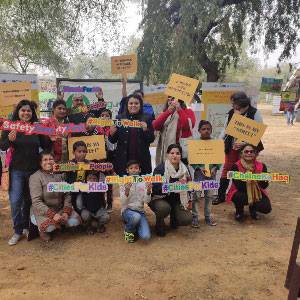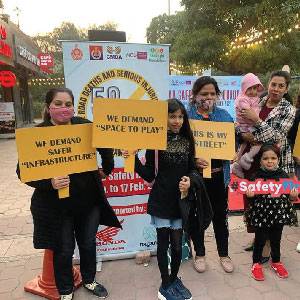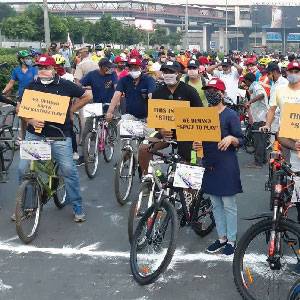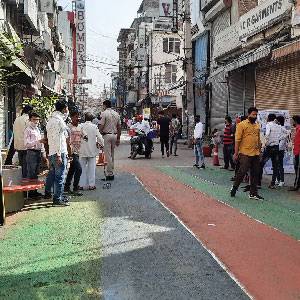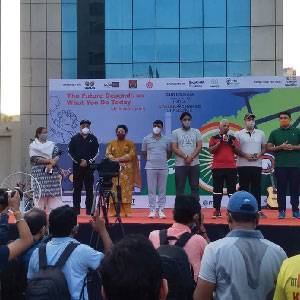Redefining What It Means To #BeStreetSmart
“Good lord this rush! Very smart of you to not let your kid bike to school” , “I know it’s at a walkable distance but let’s call a cab, the motor vehicles don’t care for a soul in the dark”. Similar conversations can be heard now and then, in almost every household. But, what’s really smart about not availing a right that is yours? Streets and roads are for everyone to use and when we let a certain section of road users have their way with it, what we are essentially doing is creating and sustaining an unjust convention.
Being smart is actually changing this system that has dug its roots deep within our culture. A silent hierarchy of road usage has emerged, where cars and private motorized vehicles have the most control of the streets, followed by public transportation, leaving almost no room for pedestrians and cyclists. It is not uncommon to hear some idiot screaming at pedestrians, “Roads are for vehicles and not for you to walk on”. Though we may consider this the norm currently, we often fail to acknowledge the potential long-term consequences of this trend.
Researchers and experts have made it pretty clear to us that heavily motorized roads are good for no one. They are the primary sources of air pollution and a hotspot for road crash related deaths. Additionally, the greater the number of private vehicles on the road, the more the traffic congestion. If it ultimately benefits no one, why is there such a fixation on constructing more roads and expanding current ones to accommodate more cars? The reality is that it benefits a select few, such as automobile manufacturers who profit greatly from the individual’s desire to own multiple cars and bikes.
The smartness truly lies in recognizing the impact of overreliance on private vehicles versus utilizing walking, cycling, or public transportation, whenever feasible. Top-down policy change and implementation is as valuable as bottom-up sincerity and dedication. There are so many road safety protocols already in place that don’t get followed at all. Yes, universal designs that make public spaces accessible for all is the need of the hour but equally needful is a citizen- first approach.
We, at Raahgiri Foundation, believe in reclaiming our streets and rethinking the role they play in our lives. With our Raahgiri Day initiative, we tried to override the anxiety and fears that roads arouse in people with creativity and fun, so that people can see for themselves that streets too can turn into nicer, amiable spaces. And, in that light, we aim to redefine street smartness. You may possess street smarts, but are you truly savvy when it comes to navigating the streets? For us, being street smart is so much more than just possessing the skills to manoeuvre around a sticky situation. Being street smart means being committed and responsible towards your own role as a user of the streets.
You are street smart when you ask a male to vacate the reserved spot for females and voluntarily give your seat for needier people. You are street-smart when you hold on to the sticky ice cream wrapper until you find a dustbin. You are street-smart when you do not take the wrong way, despite getting late for your office, or not unnecessarily honking in a traffic jam. You are street smart when you reach out to the concerned authorities on spotting a possible safety hazard on the streets. Even though conventionally, street smartness is gauged by the clever skills one has, let us take it a step further and reimagine this, not only as skills but also as responsibilities that need to be executed, for one to #BESTREETSMART.
ALL CONTACTS
- C-157, Anand Vihar, Vikas Marg Extension, Delhi, India, 11009
- Office +91-8826865797
- raahgirifoundation@gmail.com
- Copyright All Rights Reserved : Raahgiri Foundation
- raahgirifoundation@gmail.com
